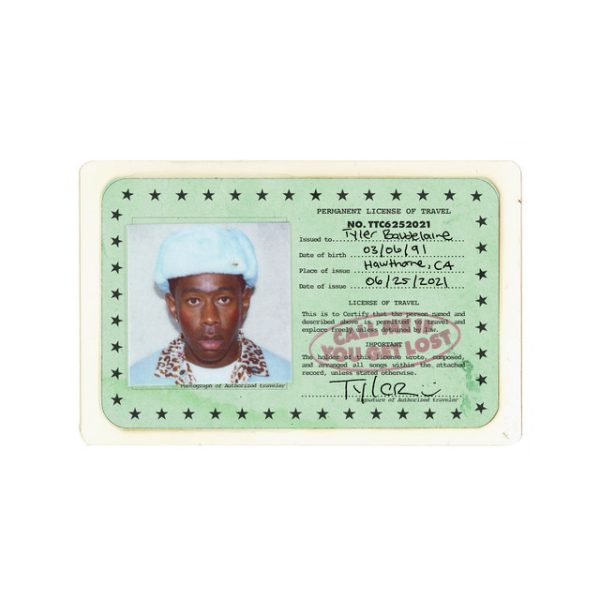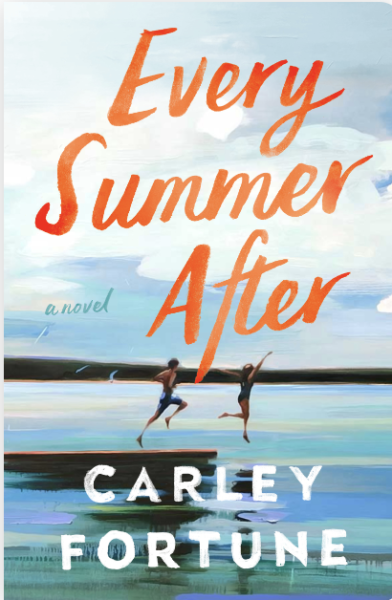Oscars Watch: Martin Scorsese’s three-and-a-half-hour epic ‘The Irishman’ goes for gold
December 18, 2019

A familiar scene, a muted and tame retirement home, flashes onto the screen. Accompanied by the nostalgic tune of “In the Still of the Night,” the camera proceeds to wind through the facility and highlights the tired atmosphere. The long pan then arrives and stops at the familiar and slightly aged face of Robert De Niro, introducing the film’s protagonist, Frank “The Irishman” Sheeran.
Based on Charles Brant’s novel I Heard You Paint Houses, which is referenced through text and dialogue in the film, “The Irishman” follows Sheeran’s life of crime and his rise in the mob. The film, told primarily through flashbacks, is narrated by Sheeran who is now at the end of his life and reflecting on his actions and relationships with Russel Buffalino (Joe Pesci), a famous mob boss, and Jimmy Hoffa (Al Pacino), the leader of the Teamsters Union. Directed by the acclaimed Martin Scorsese, well known for his films about the mob (“Goodfellas”), with performances from equally notable actors, the film accumulated buzz before any footage was even released. The film did not disappoint, showcasing career-defining performances with equally impressive direction whose only downfall was that of its three-and-a half-hour length.
Through focusing on Sheeran’s character, the plot was more contained, maintaining the audience’s attention on one man and the chaos surrounding him. This emphasis also kept the story at a steady pace, beginning with Sheeran’s entrance into crime as a meat truck driver in the 1960s. His early offenses lead him to his meeting with Buffalino, who propelled Sheeran’s career and heightened the scale of his schemes. He was eventually no longer driving the cars, he was blowing them up or pushing them into rivers.

Outside of crime, the film includes details of Sheeran’s home life, a benefit to the personal angle of the film. The audience develops more of an understanding of Sheeran’s character through his family––acting as part of his motivation, yet equally impacted by his wrongdoings. Sheeran’s relationship with Hoffa is equally as compelling because their bond becomes one of a friendship rather than strictly business. De Niro masterfully captures the complexities of Sheeran’s character, which is sure to land him nominations in the coming award season. Pacino as Hoffa is also a stand-out, bringing excitement to the long narrative.
The pure production of the film is incredible as well. Reminiscent of old Hollywood, it is the clear culmination of Scorese’s illustrious career. Every detail and creative choice felt significant, culminating in the well-executed conclusion, and by far the most impactful act of the film. Despite how powerful Sheeran, Buffalino and Hoffa become, they are not untouchable. The satisfying, melancholy finale displays this truth incredibly effectively. The ends of these men’s lives are direct results of the choices they made––dying in prison, through betrayal or entirely alone.
As the film conveys the passage of time through flashbacks, some of the actors were digitally de-aged. This realm of post-production editing has become increasingly prevalent as technology has advanced. This year, it was used to create a young Will Smith in “Gemini Man”; it has also been used numerous times by Marvel, de-aging Samuel Jackson in “Captain Marvel.” While I was hesitant about this technology use at first, I was pleasantly surprised, specifically with the de-aging of De Niro. Other than instances where he looked out of place in a highly populated room or his eyes were unnaturally blue, De Niro’s appearance was seamless. As I saw the characters age throughout the film, it actually helped contextualize where the film was in history, which sometimes was ambiguous.

The vagueness of time plays into my main issue with the film: its length. Clocking in at three and a half hours, it is an extreme commitment for a viewer; it is not a movie that can be picked up casually. Toward the latter half of the second act––despite still being entertained––my mind began to wander, and I lost interest. Especially if you are not familiar with the characters and history of which the film is based on, the movie requires a good amount of concentration to keep the copious amounts of names in check.
That is why this type of filmmaking, which gives directors full creative reign, flourishes in the age of streaming services. “The Irishman” was made for and produced by Netflix, and created for at-home audiences as opposed to theaters. Due to the lengthy running time, the film will continue to thrive on the platform, as it provides more convenience and allows the audience to take breaks if needed.
Through “The Irishman,” Netflix is hoping to recreate the same magic they had with “Roma,” which scored big at last year’s Academy Awards. With such an incredible picture like “The Irishman,” more awards are surely in sight. If you have the time, I would highly recommend watching the film, which is available to stream on Netflix now.























